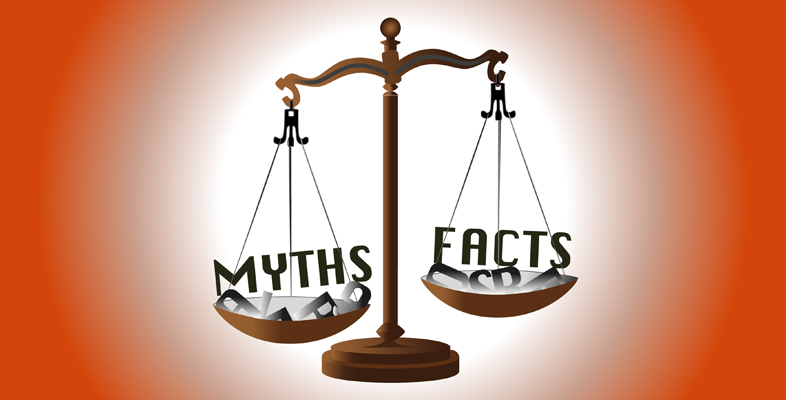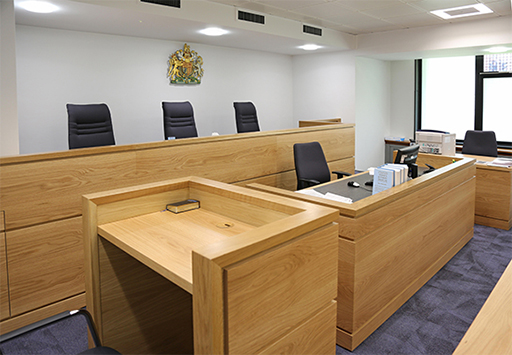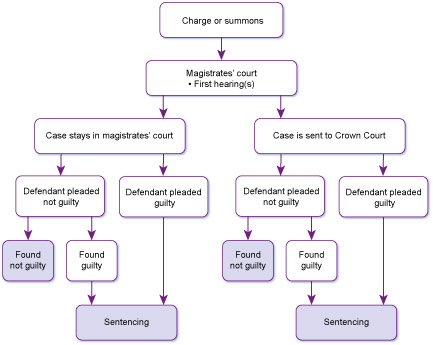1.2.1 The magistrates’ court
All criminal cases start in a magistrates’ court, where decisions are made by a panel of magistrates or a district judge, with no jury. The magistrates’ court makes the first decisions about the defendant: for example, whether to release them on bail or keep them in prison to await trial.
Less serious cases (e.g. traffic offences, low-value shoplifting) are dealt with entirely by magistrates’ courts. Only some more serious cases (e.g. robbery, murder) are sent from a magistrates’ court to the Crown Court, where juries sit.
Like juries, magistrates are lay people (and are often referred to as ‘lay magistrates’). They receive training, but they are not legally qualified. District judges, however, are qualified lawyers.
Activity 2 Crown Court
a.
More than 80 per cent
b.
About 50 per cent
c.
About 20 per cent
d.
Fewer than 10 per cent
The correct answer is d.
Comment
Fewer than 10 per cent of criminal cases are sent to the Crown Court. Most cases are dealt with by magistrates’ courts alone.
In summary, all cases begin in a magistrates’ court and most remain there. Figure 7 shows the criminal court process from the start of a case to the end of the trial and sentencing.


